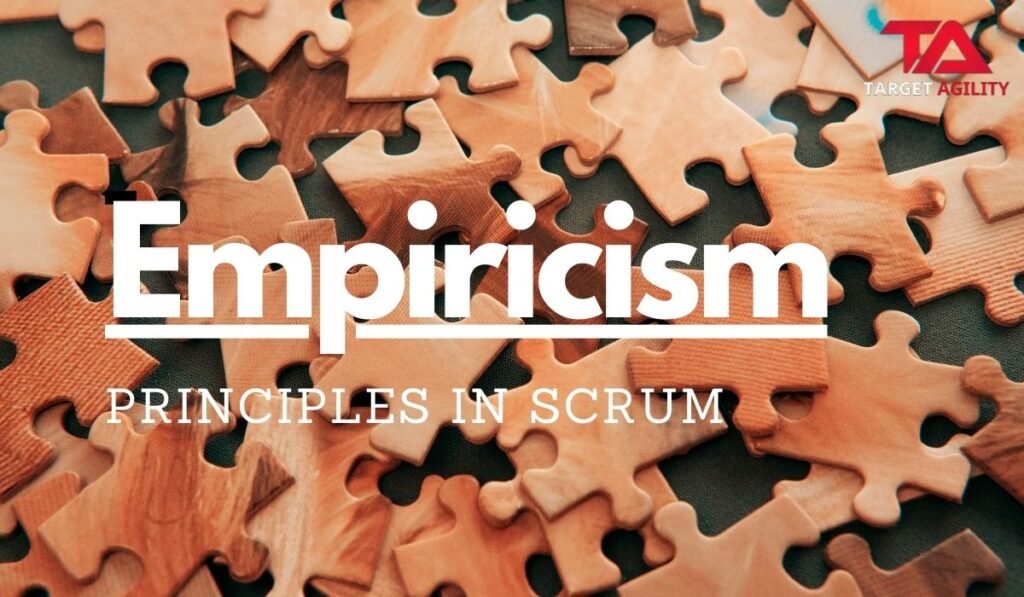Learning from Experience: The Key Principles in Scrum

Imagine a way of working that focuses on learning from experience to make things better. That’s what empiricism is all about, and it’s especially crucial in the world of Scrum, an approach used in project management. Let’s take a closer look at how the Three Pillars of Empiricism—Sensation, Reflection, and Experience/Experimentation—are the backbone of Scrum, helping teams be successful and adaptable. Pillar 1: Sensation in Scrum In Scrum, Sensation is like paying attention to what’s happening during the project. It’s all about gathering information as the team works. Daily Standups and Sprint Reviews are meetings where the team shares what’s going well and what challenges they’re facing. This constant sharing of information helps the team stay aware and make decisions based on what’s actually happening in real-time. Pillar 2: Reflection in Scrum Reflection in Scrum means thinking about what’s been happening and figuring out how to make things better. The Sprint Retrospective is a special meeting where the team looks back at the recent work. They talk about what worked well, what didn’t, and how they can improve. It’s not just about finding problems; it’s also about coming up with solutions and getting better over time. Pillar 3: Experience and Experimentation in Scrum The third pillar is all about trying things out and learning from those experiences. In Scrum, this happens during Sprint Planning and the actual sprints. The team plans what they’ll work on based on past experiences and feedback. Then, during the sprint, they experiment with their plans. They try things out, see what works, and adjust their approach. It’s a continuous cycle of learning and improving. Connections in Scrum: These three pillars work together like a team. Sensation gives the team real-time information. Reflection helps them think about what’s happening and make improvements. Experience and Experimentation let the team try things out and learn from their actions. It’s a cycle that keeps going, helping the team adapt and succeed. Scrum’s Impact: Scrum’s success comes from using these Three Pillars of Empiricism. It helps teams manage projects by being flexible and learning from each experience. The way Scrum works, with its regular check-ins and constant improvements, ensures that teams can handle changes and deliver good results consistently. Conclusion: The Three Pillars of Empiricism—Sensation, Reflection, and Experience/Experimentation—are not just philosophical ideas; they are the guiding principles of Scrum. By paying attention to what’s happening, thinking about how to get better, and continuously learning from experiences, Scrum teams create a way of working that adapts to the challenges of project management. Embracing these principles, Scrum not only helps teams deliver great products but also fosters a culture of working together, being transparent, and always finding ways to improve—a true reflection of the power of learning from experience in the world of Agile methodologies.

